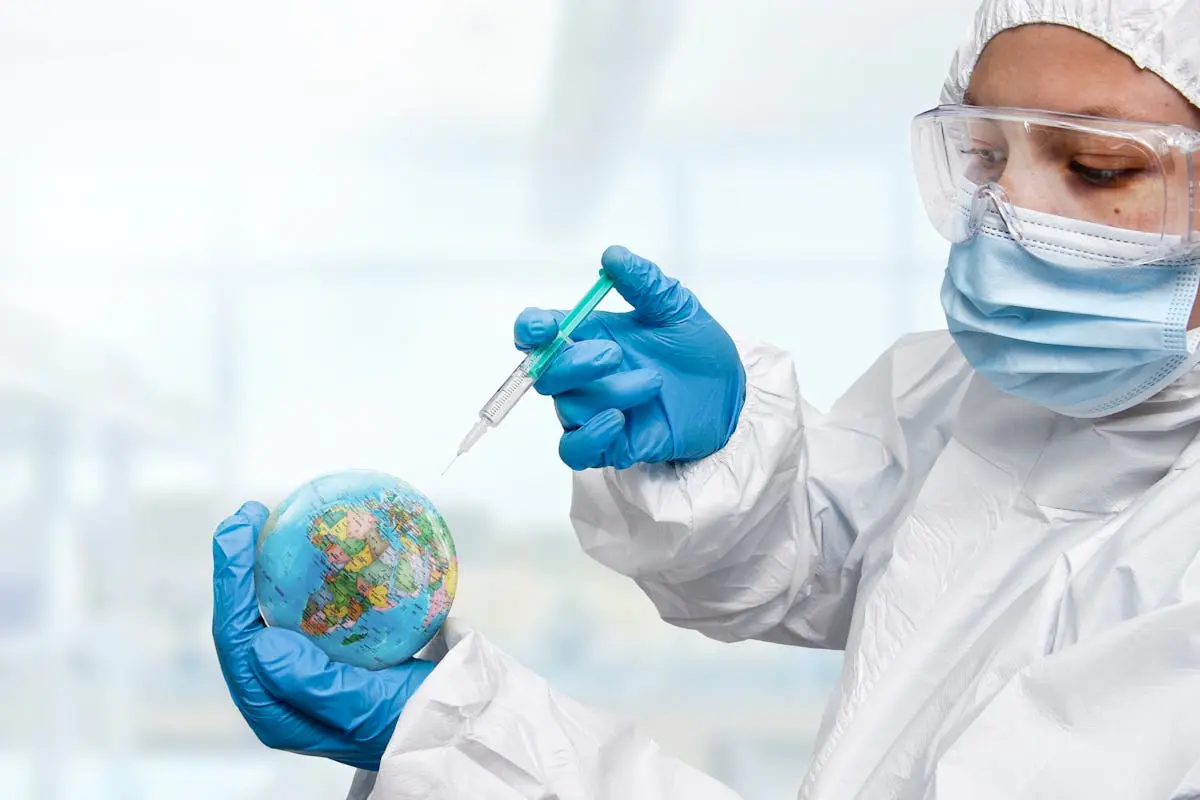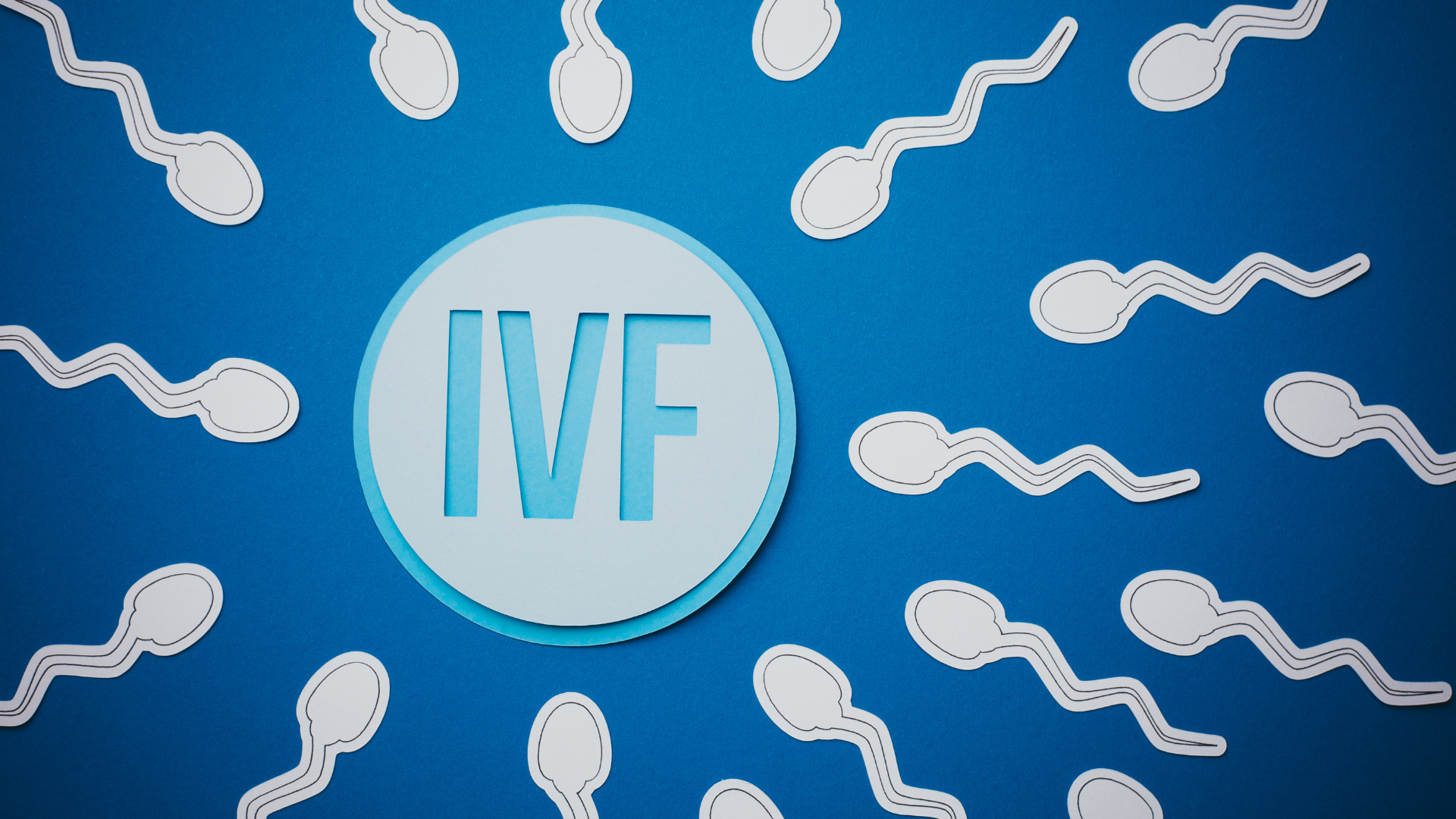Introduction
Hey there, future Clinical Laboratory Scientists! If you’re diving into the world of clinical labs, you’ve probably realized just how dynamic and exciting this field can be. But with all the techniques out there, it can be tough to know where to start. Don’t worry—I’ve got you covered. In this article, I’ll walk you through ten game-changing lab techniques that every CLS should have in their toolkit. These are the techniques that have made my career in the lab not only successful but also incredibly rewarding. Let’s get started!
1. Polymerase Chain Reaction (PCR)
Let’s kick things off with PCR. PCR is like the Swiss Army knife of molecular diagnostics. It’s a technique that allows you to amplify tiny amounts of DNA to create millions of copies. This is crucial for detecting pathogens, genetic testing, and even research.
When I first learned PCR, I was amazed at how powerful it is. Imagine taking a minuscule amount of DNA and being able to study it in detail—mind-blowing! The key steps are denaturation (heating the DNA to separate strands), annealing (cooling it so primers can attach), and extension (building new DNA strands). Mastering PCR requires patience and precision, but once you get the hang of it, you’ll be unstoppable.
2. Next-Generation Sequencing (NGS)
Next up is NGS, which takes DNA analysis to a whole new level. NGS allows us to sequence entire genomes quickly and accurately. This technique has revolutionized fields like cancer genomics, infectious disease identification, and personalized medicine.
I remember the first time our lab got an NGS machine—it felt like Christmas morning! The workflow involves preparing samples, sequencing, and analyzing massive amounts of data. It can be overwhelming at first, but the insights you gain are worth it. Tips for mastering NGS include staying organized and learning bioinformatics basics to interpret the data effectively.
3. Flow Cytometry
Flow cytometry is a technique that allows you to analyze the physical and chemical characteristics of cells or particles in a fluid. It’s widely used in immunology and hematology for tasks like cell sorting and immunophenotyping.
One of my favorite things about flow cytometry is watching the data come to life in real-time. You get to see how different cells behave under various conditions. The trick is to get comfortable with the equipment and software. Spend time practicing, and don’t be afraid to ask for help from more experienced colleagues. They were once in your shoes, too!
4. Mass Spectrometry
Mass spectrometry might sound intimidating, but it’s an incredibly powerful tool for identifying and quantifying molecules. It’s essential in fields like proteomics and metabolomics and is used for drug testing, toxicology, and biomarker discovery.
When I first started using mass spectrometry, I was struck by how precise and detailed it is. You can identify thousands of proteins in a single run! The basic components include an ion source, a mass analyzer, and a detector. The key to success is understanding how each part works and how to troubleshoot when things go wrong. Trust me, there will be times when things don’t go as planned, but that’s part of the learning process.
5. Immunohistochemistry (IHC)
IHC is a technique that uses antibodies to detect specific antigens in tissue samples. It’s particularly important in pathology for diagnosing diseases like cancer.
One of the first IHC projects I worked on was diagnosing a rare type of lymphoma. The satisfaction of pinpointing the disease with such precision was incredible. The process involves preparing tissue sections, applying antibodies, and visualizing the results. Troubleshooting common issues like non-specific staining and weak signals can be challenging, but with practice, you’ll become proficient.
6. Real-Time PCR (qPCR)
Real-Time PCR, or qPCR, is an advanced form of PCR that allows you to quantify DNA as it’s being amplified. This is incredibly useful for quantifying gene expression and detecting mutations.
My first experience with qPCR was during a project on gene expression in cancer cells. Seeing the data in real-time and knowing that every curve on the graph represented a crucial piece of information was exhilarating. Key to success with qPCR is optimizing your reaction conditions and ensuring your samples are of high quality. It’s all about precision and attention to detail.
7. Digital Pathology
Digital pathology is transforming how we analyze tissue samples. It involves scanning slides and using software to view and analyze the images digitally. This technique enhances remote diagnostics, education, and research.
Transitioning to digital pathology in our lab was a game-changer. Suddenly, we could collaborate with experts around the world without shipping physical slides. Learning to navigate the software and make the most of digital tools can take some time, but the benefits are immense.
8. Enzyme-Linked Immunosorbent Assay (ELISA)
ELISA is a popular technique for detecting and quantifying substances like proteins, hormones, and antibodies. It’s widely used in diagnostics for diseases, allergies, and more.
One memorable ELISA project I worked on involved detecting antibodies in a study on autoimmune diseases. The precision and specificity of ELISA make it a go-to technique in many labs. The process includes coating a plate with an antigen, adding a sample, and detecting bound antibodies using a labeled enzyme. Practice makes perfect with ELISA—fine-tuning your protocols will lead to more reliable results.
9. Liquid Chromatography-Mass Spectrometry (LC-MS)
LC-MS combines the separation capabilities of liquid chromatography with the detection power of mass spectrometry. It’s used for drug testing, toxicology, and metabolic profiling.
My first LC-MS project was analyzing metabolites in a drug study. The level of detail and precision you can achieve with LC-MS is astounding. The key is understanding the principles of both chromatography and mass spectrometry and how they work together. Optimizing your separation conditions and ensuring your mass spectrometer is calibrated correctly are crucial steps for success.
Conclusion
There you have it—ten game-changing lab techniques that every Clinical Laboratory Scientist should know. These techniques will not only make you a more skilled and versatile CLS but also open up new opportunities in your career. Remember, mastering these techniques takes time and practice, so be patient with yourself and keep learning.
Whether you’re just starting out or looking to advance your career, these techniques will serve you well. Don’t be afraid to ask questions, seek out training, and take advantage of resources available to you. The more you learn and practice, the more confident and competent you’ll become in the lab.
Additional Resources
- Training Programs: Look for workshops and courses offered by professional organizations like the American Society for Clinical Laboratory Science (ASCLS).
- Professional Associations: Join associations such as ASCLS or the American Association for Clinical Chemistry (AACC) for access to resources and networking opportunities.
- Further Reading: Check out textbooks and journals focused on clinical laboratory science for deeper insights into these techniques.
Good luck, and happy lab working! Your journey to becoming a top-notch Clinical Laboratory Scientist starts now.
CLS Connect Team


